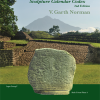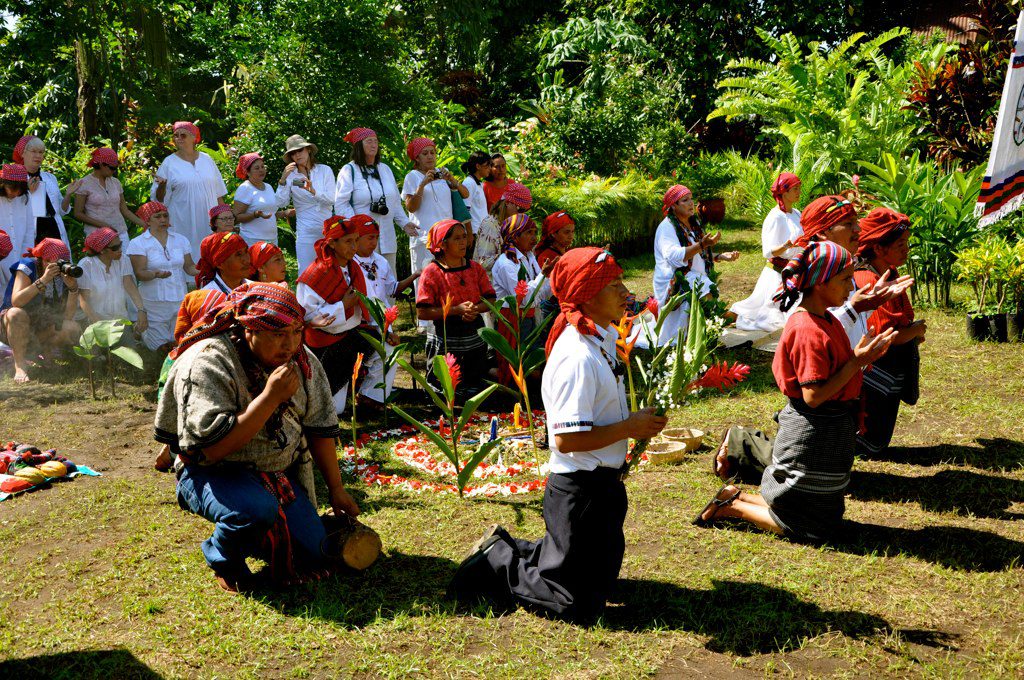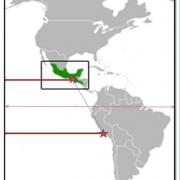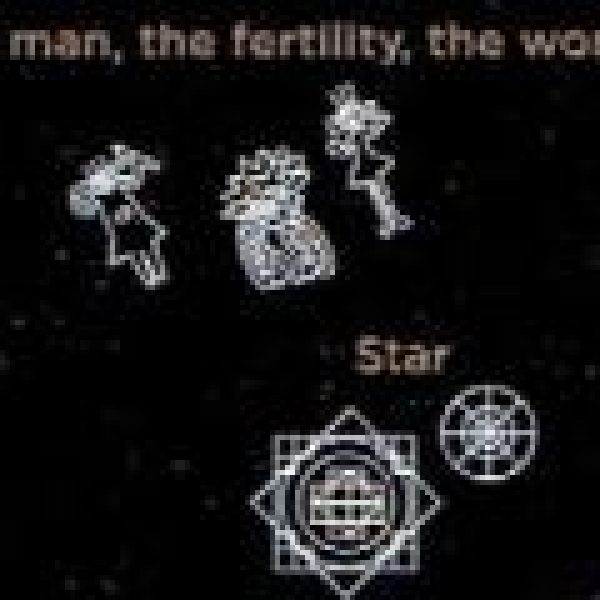

Chapter 13: Maya sacred 260-Day ceremonies were held at Izapa in the summer of 2010 sponsored by the Institute of Maya Studies-Jim Reed Editor (Miami, Florida), The Maya Conservancy-Georgeann Johnson and Mary Lou Ridinger (Guatemala), and Izapa Cosmos AC-Rodolfo Juan Flores (Mexico). It had been 1000 + years since these ceremonies had been performed at Izapa–the birthplace of the 260-Day Calendar Round.
Pictures above show bits of the ceremonies. At the left a World Circle portrayed on the ground symbolizes the creation of the World. Candles that symbolize light for the world are lit and flowers, corn and other living items are added to the circle representing life on earth. Each person in the Ceremony is blessed from head to foot. Then 12 Elders count 260 days to represent the creation of a human baby in 9 months. We were taught by the Maya that plants, animals, and humans–all forms of life were created by the great creator god to continue creating.
Maya Family Trees have traditional meanings: Tree roots symbolize ancestors, the Tree trunk symbolizes families on earth, and branches of the Tree reach into Heaven-the Place of the Gods. (A YouTube video will be finalized by January, 2015 showing the main parts of the Maya 260-Day Sacred Ceremonies from 2010.)
Guatemalan Archaeologist Mary Lou Ridinger summarizes Maya religious views recorded at Izapa as Renaissance, Transformation, Resurrection, and World’s Without End. She further states, “The Maya observed the night skies, and believe in parallel universes in which the earth is a cosmic mirror of heaven–i.e. on earth as it is in heaven or as above, so below. Ancient Maya literature, architecture, and culture is a mapping of the heavens, first evident at the Izapa Temple Center. Ancient astronomers observed that new stars were continually being created in the belt of the Orion Constellation. Their observations were 2400 years before the Hubble Space Telescope discovered in the 1990’s that Nebula 42-43 is a place where new stars are continually born into the universe.”

Chiapas Scientist Renato Johnsson states: “The day of birth has great importance in Maya culture because it predetermines the child’s character. Today’s Maya Batz ceremony includes 20 x 13 counts (= 260) that is celebrated by Mayans throughout the highlands of Mesoamerica.” Johnsson further states: “The influence of Izapa is spread throughout Mesoamerica. The orientation of the axis of the city of Teotihuacan (ca. 100 BC) is at sunset on August 13. The orientation of the observation tower (“caracol”) of the Classice site of Chichen Itza is at sunset on August 13. The foundation of Copan, Honduras in 200 AD is on the same sacred latitude as at Izapa — 14.8º North Latitude.” Sites in North America with 260-day astronomical sightings are at Parowan Gap, Utah (ca.700 AD) and Crystal River, Florida (ca 100 BC).
Chapter 14: Izapa, Mexico’s14.8º North Latitude Zenith Sun Passage that measures 260 days from August 13 to April 30 is mirrored at the Anti-Zenith Sun Passage at Nazca, Peru at 14.8º South Latitude, established at 100 BC with the nearby Cahuachi Temple. Nazca’s images, lines and ceremonial centers were created with the same geometry and measurement cubits, and the same astronomy and calendar. The 260-days at Nazca are counted from February 12 to October 30. Garth Norman’s travels to Nazca in March of 2014 confirmed his studies on Google Earth of Nazca, Peru, South America since 2011. Izapa’s Plaza B has both Zenith and Anti-Zenith stelae symbolic of these two opposite 260 day cycle Ceremonial Centers is evidence of ancient migrations and travel along the Pacific Coast of the Americas. (Izapa’s Plaza B diagram is on the Astronomy/Calendar page).


Anti-zenith images at Nazca, Peru have Fertility and Tree of Life images opposite Izapa’s Zenith similar images. Left: Desert Lines show Man, Fertility symbols, and Woman directly above geometric design. A short distance south is a Tree of Life incised into the desert floor.
This 260-day calendar influenced the Olmec mother civilization (1500 BC) as seen through the geographical distribution of the Mixe-Zoque language and ceramic evidence. The 2,500 year continuous residency of Izapa is because of its role as a ceremonial center that educated others on the sacred science of the count of days in addition to a commercial center for cacao and obsidian.

Garth Norman (5th from left) and his wife Cheryl (4th from right) in 2010 with friends, Rudolfo Juan Flores and his wife Juanita, and the Maya Ceremony Elders at the Izapa Temple Center — a place set apart where the heavens can be observed.